My Rule #1 for Teaching Middle School
Teaching middle school is like no other teaching assignment – like no other task on Earth for that matter. As a teacher, you need to be just the right mix of cool and strict – but most important, calm. You need to have a good relationship with your students overall based on mutual respect. But that’s much easier said than done.

Here’s the thing about middle schoolers in particular:
They want to look good in front of their peers. What their peers think of them is of utmost importance to them (whether they are in touch with that reality or not).
Therefore, they will “save face” if they think you, the teacher, are criticizing them or making them look bad in any way. (Meanwhile, you meant no harm; you were simply calling them out on a behavior they clearly exhibited).
The thing is you can’t call them out in front of their peers. I mean you can, but you shouldn’t. Whenever possible, call out their less-than-stellar behavior one-on-one, without their peers hearing it. This could mean going to their desk and whispering, or waiting for a good time to call them to your desk ever so calmly. It’s easier to call them out from wherever you are, but if you want your class under control and to maintain respect, somehow arrange a private convo instead.
The Goal is this, which is my #1 Rule for Teaching Middle School: No Power Struggles

Have you ever noticed how some kids act so differently when their peers aren’t around? Let’s say a kid in your class before lunch was really pushing your buttons and disrupting class, but then he forgets his lunch in your room. He comes back to get it. You two talk. He’s really nice and respectful! You have a pleasant conversation. You’re wondering if this is the same person or perhaps a twin brother you weren’t aware of. What is going on? IT’S BECAUSE HIS PEERS AREN’T THERE! I’m using a boy as an example, but the same thing applies to girls.

Do NOT try to address a student’s behavior in full view of his or her peers (a.k.a. the audience). You could get yourself into a full-blown power struggle before you know it. At first, by drawing attention to his or her behavior in front of his or her peers, you may inadvertently say something or suggest something that makes the student, from his or her perspective, look bad or uncool or different in some way.
If you’re not careful, you might find that the child you’re disciplining escalates the situation, essentially trying to look good at any cost, even if that means receiving a negative consequence. For some kids, receiving a negative consequence is just more attention (and even negative attention is attention) and the whole situation will most likely make most of the students in the class think you’re the bad guy and he or she is the good guy. You don’t want that. There should not be a bad guy or a good guy, just you the teacher calmly in control.

Here’s another trick I learned. When you provide your students with high-interest learning resources they feel are relevant to them and interesting in some way, they will actually behave better. They will get sucked into whatever you are trying to get them read, write, or do and forget about misbehaving.
So, that’s why I created these high-interest informational texts and tasks. I went out of my way to make the articles super interesting to middle schoolers by writing about things that interest them. And, guess what? It worked. I keep hearing from teachers how kids get so into these passages. They actually want to answer the questions. They even want to discuss the articles as a group.
And teachers keep reporting how much time and hassle I have saved them. I did that by aligning every text and task to a specific Reading Informational Text Standard and did that 10 times to cover all 10 of them individually. Now teachers don’t have to go searching for the right articles that bring out the right skills.
Try both volumes and use them all year long! Your students are actually going to behave better because they won’t be bored!
I even made them in both PDF and interactive Google Slides in case you want the easy distance learning option!
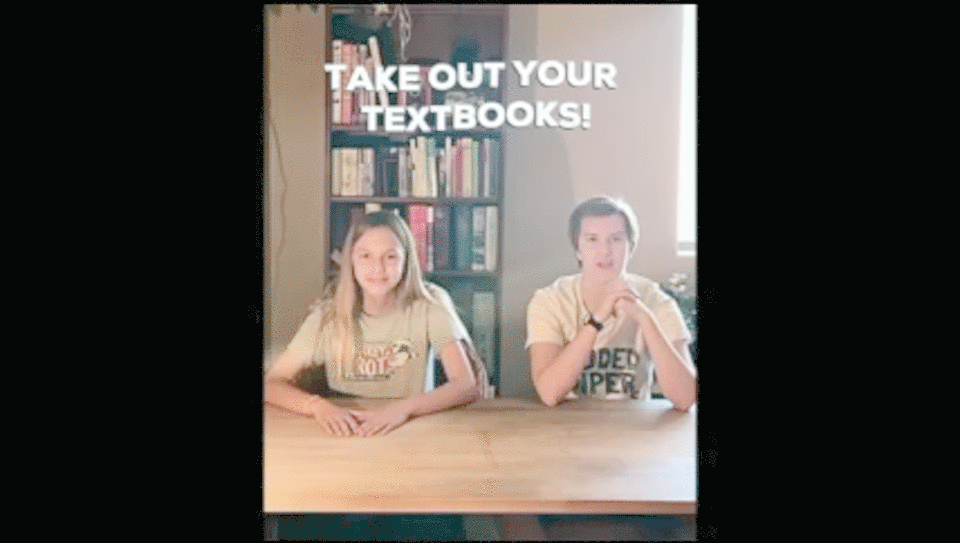
Click below for FREE ELA PRACTICE TESTS – each targeting specific reading, writing, language, and speaking/listening/viewing standards.
Check out these GRADE-SPECIFIC test prep books with practice tests that target EVERY GRADE-SPECIFIC READING INFORMATIONAL TEXT STANDARD, one by one. An added bonus is that students LOVE the texts! In Easy-Print or Self-Grading Online Versions.
The 6th Grade Practice Tests Test Prep Workbook “is a high quality, beautifully-aligned resource. It is no-frills, to the point, yet high-interest for students. It is helping us prepare for standardized testing in a hybrid, synchronous, difficult year.”
How about save this pin to your “Classroom Management” Pinterest Board so that you can come back to this post again?
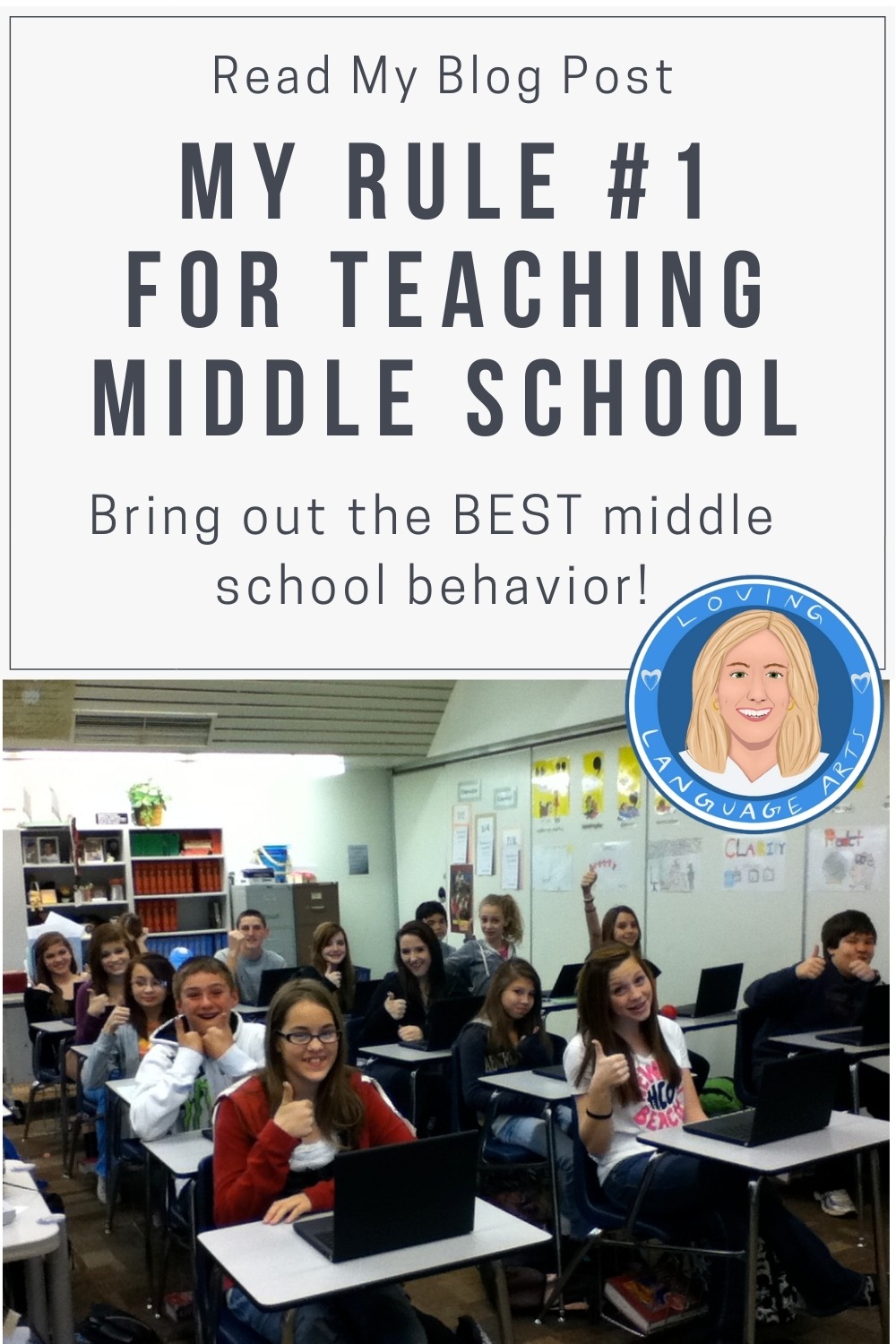




























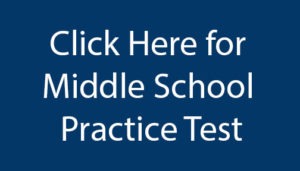


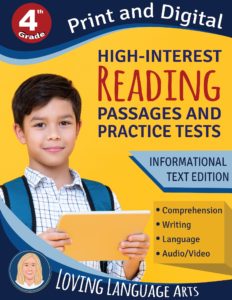








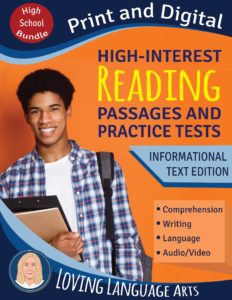


















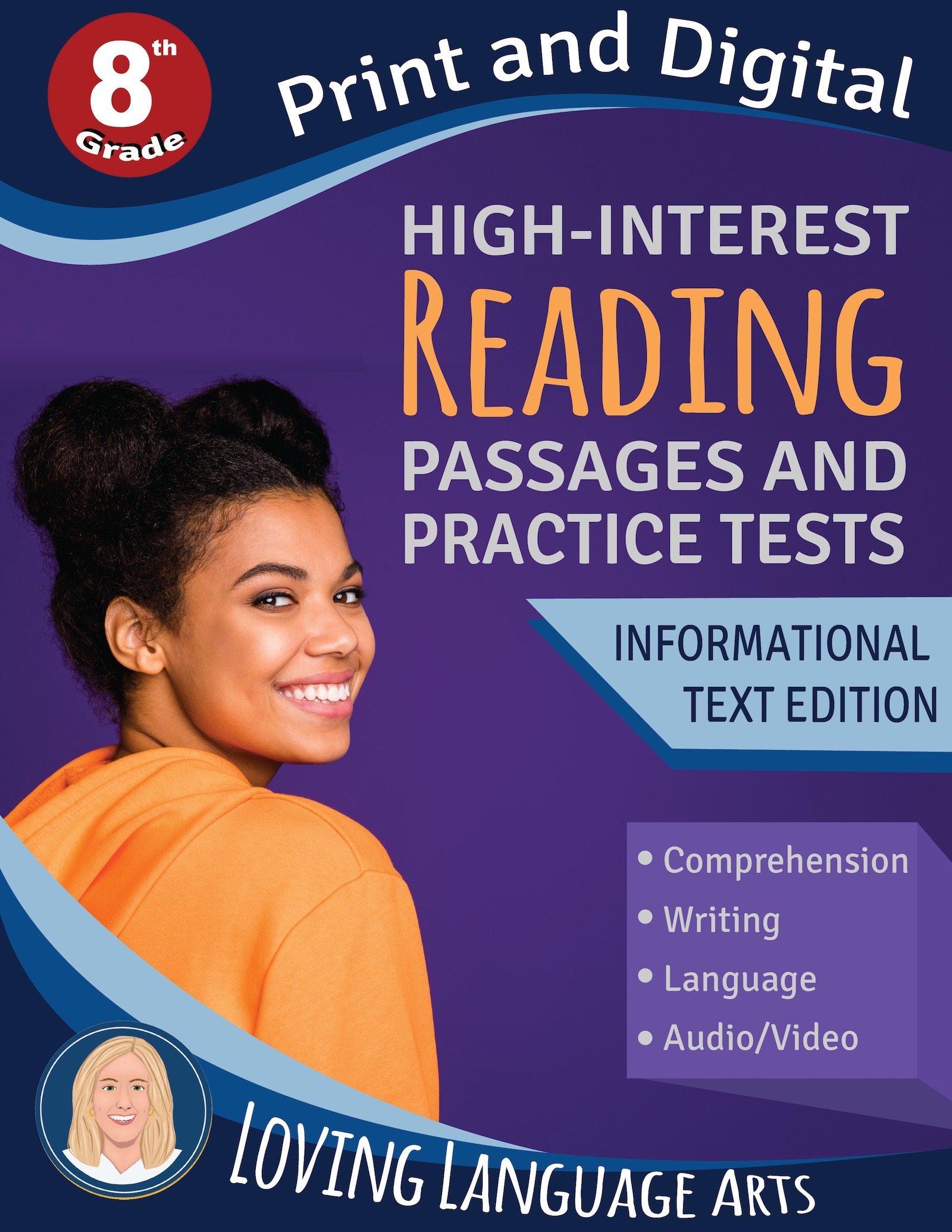


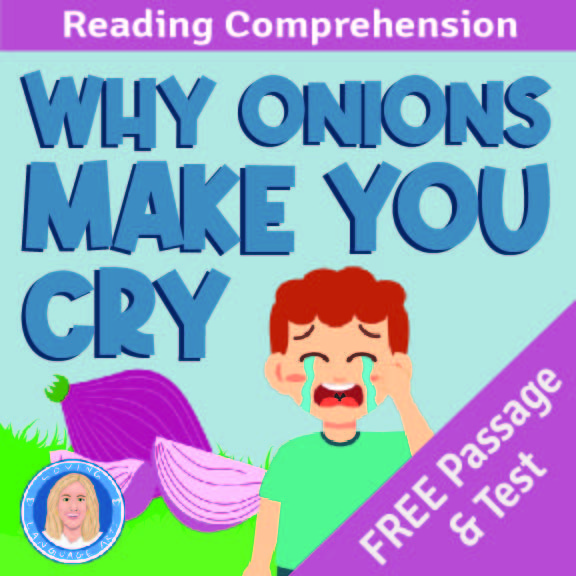


Trackbacks/Pingbacks